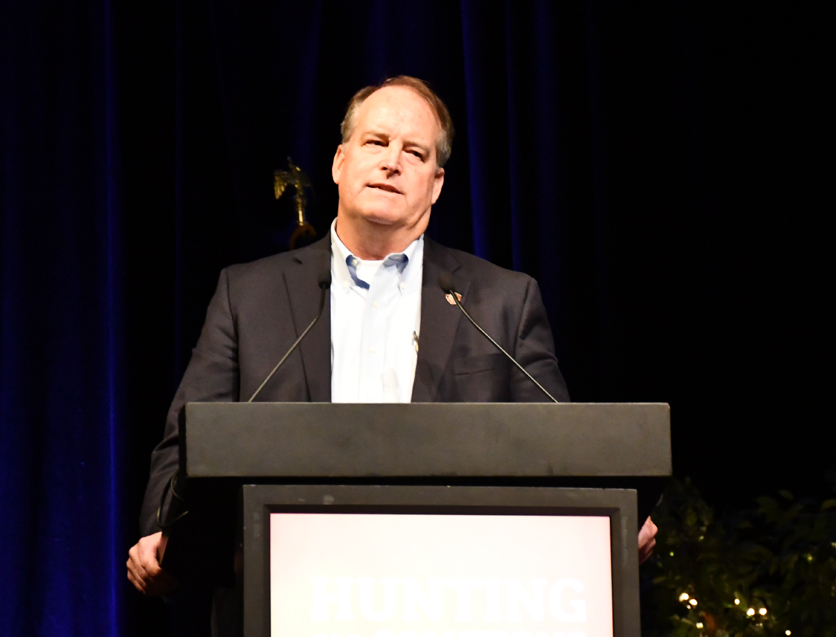Events and advancements that made agriculture the envy of the world and encouraged more people to enter farming are being threatened as the industry looks to the future.
That was one of the key themes articulated by California Farm Bureau Federation President Jamie Johansson at the 45th annual California Association of Pest Control Advisers meeting in Reno, Nevada, this week.
Looking back to 1948 when the U.S. enacted the Marshall plan to help rebuild war-torn Europe after World War II, Johansson said the first things the Europeans wanted were food and fertilizer. Several events had to happen including removal of trade barriers between countries and states, review of regulatory barriers and encouragement of increased on-farm productivity.
“This changed the way the world viewed the American farmer,” Johansson recalled. “Without the Marshall plan, we would not have had the green revolution. We would not have seen the advancements in new equipment and technology, based on science.”
“It makes me think we are in need of a Marshall Plan for agriculture,” he emphasized.
At about that same time, California became the top agricultural state in the nation in terms of revenue, with Los Angeles being the top county. And over the next few decades, agriculture changed and adapted, moving from 200 crops to now over 400, Johansson pointed out.
However, “with all of this success over the last 75 years, we failed to notice that cities were growing. Urban population exceeded rural in 2008. By 2030, 75% of the world’s population will be in cities. It is not going to be easier for us to explain what we do.”
As a result, “we are being told by politicians and food activists what a consumer preference is. There is a big difference between a choice and a preference,” he explained. For example, he said consumers may prefer that all of their energy comes from renewable sources, but when they find out it could cost more, they may change their mind and request a different choice.
Johansson says he’s usually invited to two types of meetings — one focusing on how to get more people into agriculture and the other is about how do we get more fruits and vegetables into the classroom. “Yet no one makes the connection that both are needed.”
He also says he often hears people talking about the need to take care of rural California, but “you can’t take care of rural California unless you also take care of California agriculture.”
He encouraged the CAPCA audience to “work the science” and be more involved in these types of discussions, starting at the local level and continuing with the California legislature and all the way to the Governor’s mansion.
“If you don’t get invited to the table, bring a folding chair. We have to have a seat.”


